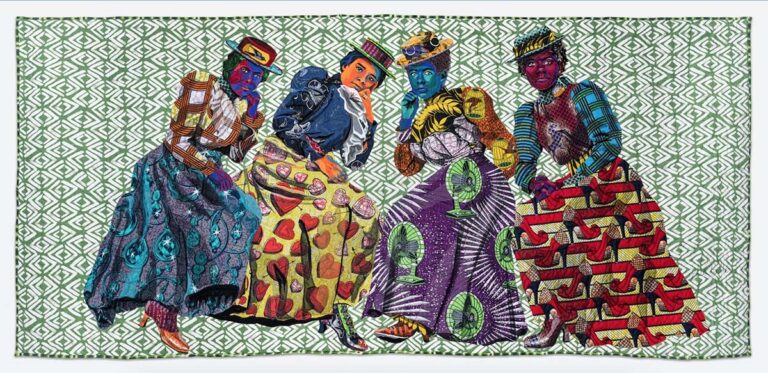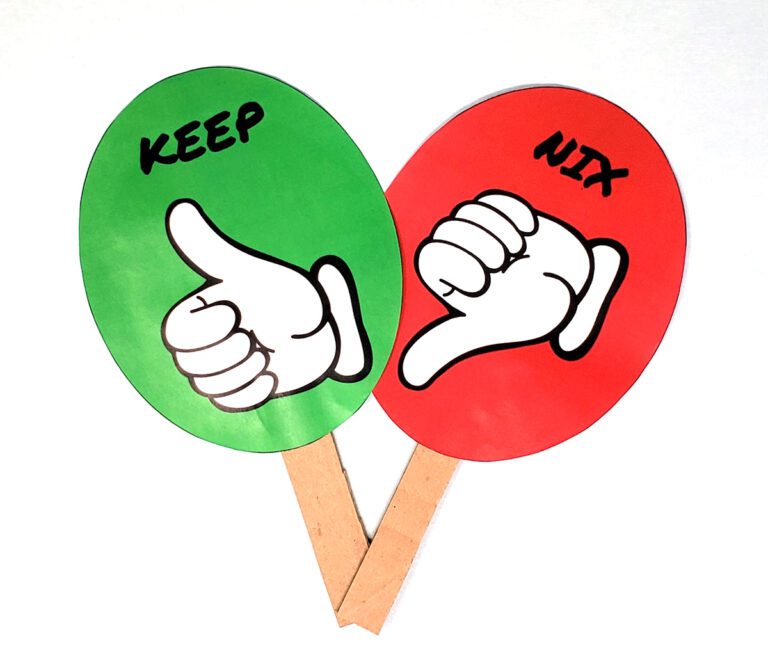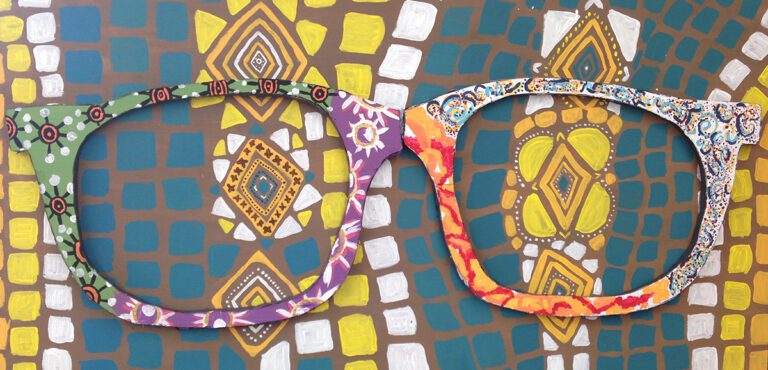Summer break is close, and it’s almost time to decide on your last summative assessment of the year! Some teachers give a final exam, and some choose to assign a final project. Other art teachers require completed physical or digital student portfolios.
There are several ways to assess portfolios. You can determine if they fulfill AP art requirements, demonstrate growth, or meet college application requirements. Portfolios can have more potential than these traditional uses, though! Once the portfolio is complete, use one of the artworks to create a keepsake item, or have students make a unique year-end art project showing their growth. It will help students assign greater value to their artwork and end the school year on a positive note!
Make these three keepsake items from portfolio artworks or create summative assessments using these seven projects.
For the purpose of this article, “portfolios” indicate the entire collection of artworks students made throughout the school year. For more on Student Portfolio Basics, check out the Pack in PRO Learning.
These three year-end project ideas transform portfolio artworks into keepsakes.
One way to remind students of their artwork’s value is to transform it into a keepsake. Students reflect on their growth throughout the school year as they create their keepsakes. Whenever they see the keepsake in the future, it will remind them of their positive experiences in art class.
1. Create jewelry or keychains.
Use pictures of artwork to create jewelry pieces. Print small images of students’ favorite artworks. Supply a couple of different jewelry or keychain molds for students to choose from. Students put their images in the molds. Then, pour clear epoxy resin over them. Turn artwork into earrings, necklaces, or keychains by adding jewelry hooks or chains. Students can keep them for themselves or give them to friends or family! Check out the article A Step-by-Step Guide to Resin Jewelry in the Classroom for more.
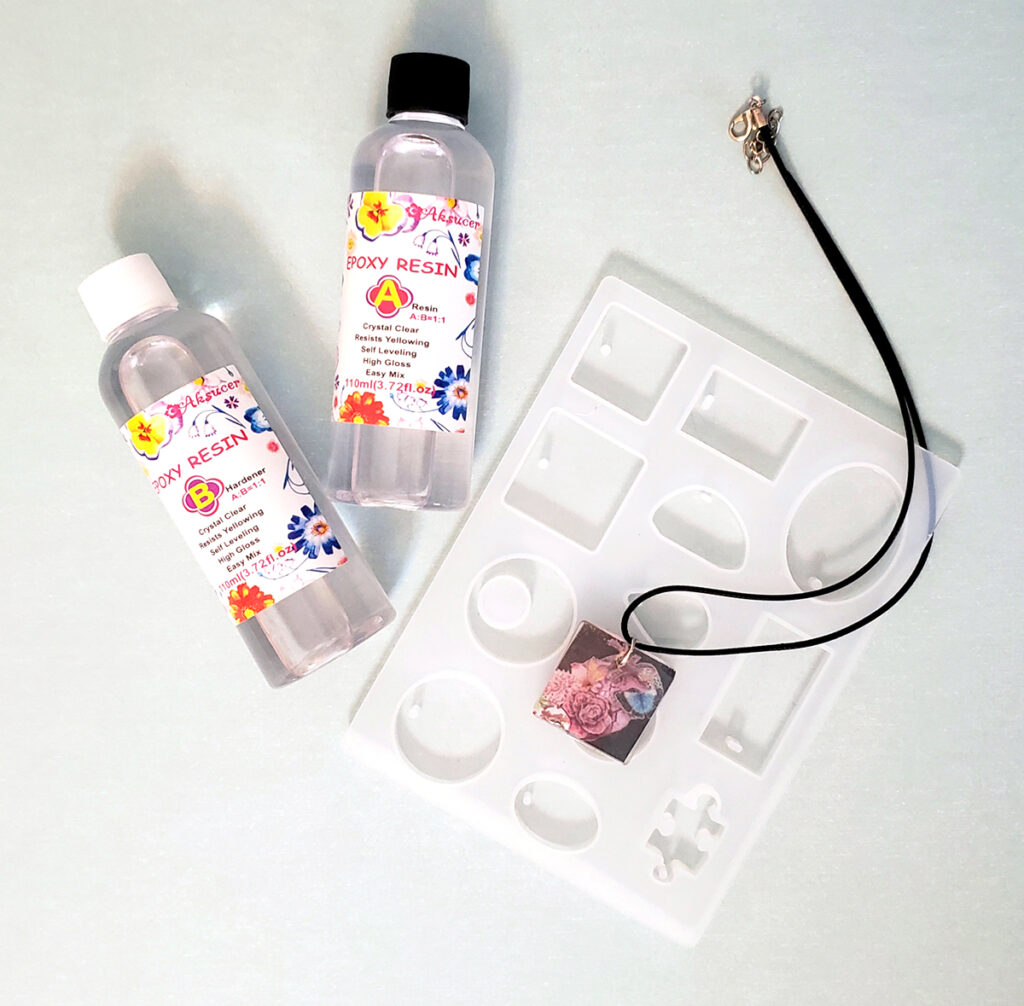
2. Compose a unique digital collage.
Students work in groups to digitally combine images of their artwork from the year. This project is even easier if your students already take pictures of their artwork throughout the year for digital portfolios. Challenge students to create a form using the shades within the artwork instead of just randomly arranging the pictures. Their collage of pictures can make the school mascot, a symbol, or even a portrait! If you have the budget for it, print the collages and give them to students or post them around the school or classroom. It also allows you to focus on resetting and cleaning out your art room for next year since students only need electronic devices to do this project.
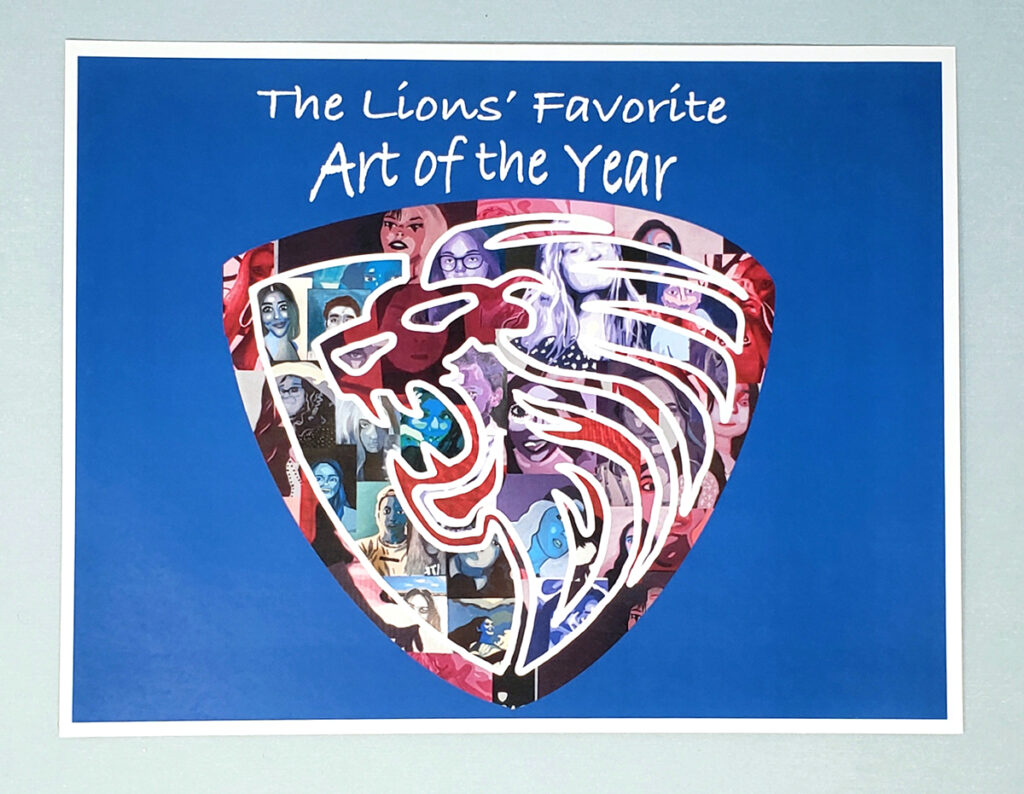
3. Sew a blanket or pillow.
Memorialize your students’ portfolio pieces into artwork that remains at the school for future students to see. If you have an inkjet printer, print photos of your students’ favorite art directly onto fabric. Several companies will print photos onto fabric for you. Students sew the pieces together to create a class quilt or pillows. Put them in the “chill zone” in your classroom next year to inspire your new students.
These seven year-end projects serve as summative assessments.
Instead of creating a keepsake from portfolio artworks, consider designing a project around portfolios to serve as a summative assessment. Summative assessments for student portfolios show how much students have grown in their artistic skills throughout the year.
1. Use a “failure” project to create a new project.
Students often have least-favorite pieces in their portfolio or pieces they wish they could change. Let students reimagine those pieces for the last project of the year. Being able to persist, salvage, and transform is a wonderful way for students to show their artistic growth. It’s also a way to demonstrate how they have developed a growth mindset around their art.
Here are five ways your students can revise a “failure” project:
- Tear or pull the piece apart and use the fragments to create a new artwork.
- Take a 2D artwork and make it into a sculpture, or take apart a sculpture and turn it into a 2D art piece.
- Create a collaborative multimedia piece using the entire class’s art pieces.
- Take the main concept of the piece and create a new one.
- Rework the piece’s unsuccessful areas.
- Manipulate the artwork digitally, as shown in 5 New Ways to Revise Old Artwork.
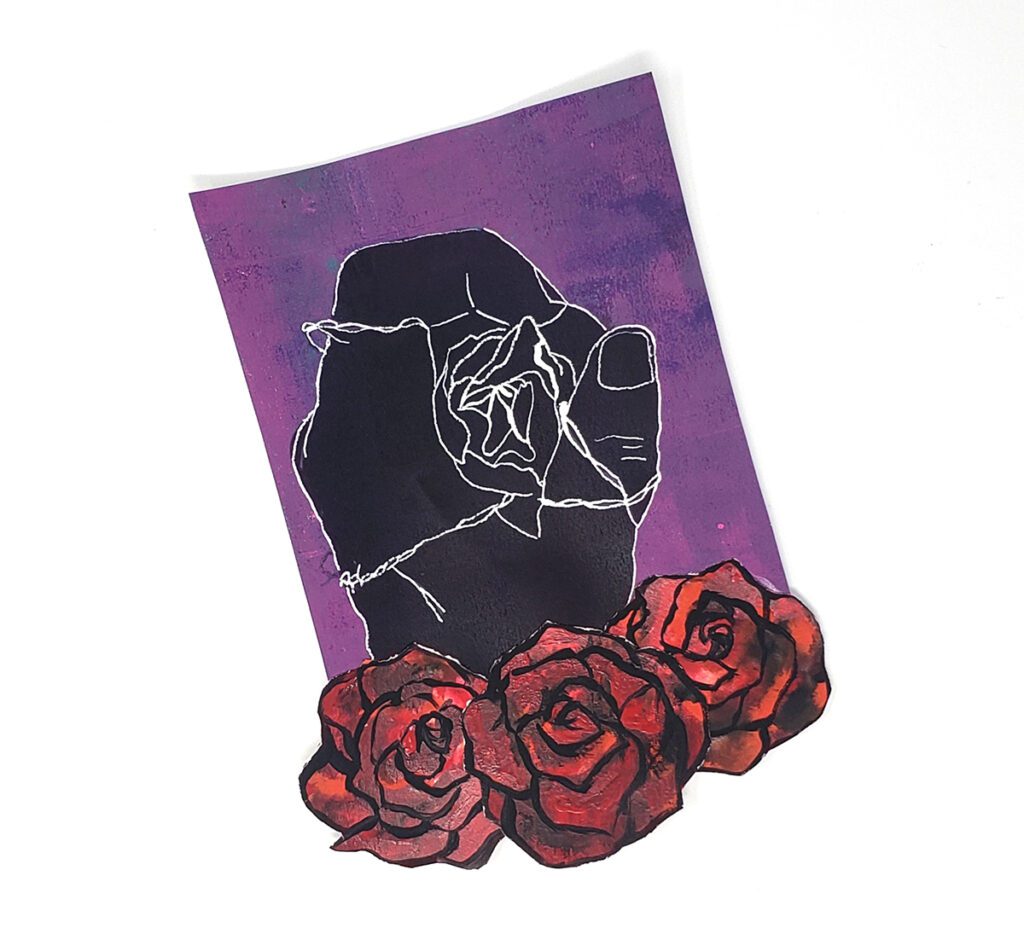
2. Market for next year’s class.
You spent an entire year helping students create diverse, polished artwork. Capitalize on that by having students create flyers or posters showing their portfolio pieces. Your students can make these digitally and print them as flyers, or they can use traditional drawing or painting materials to create posters. If you haven’t introduced them to digital art or taught them graphic design skills, use this as an opportunity to present it. You’ll end the year with advertisements for your program, which is a convenient strategy if you’re struggling with low enrollment numbers.
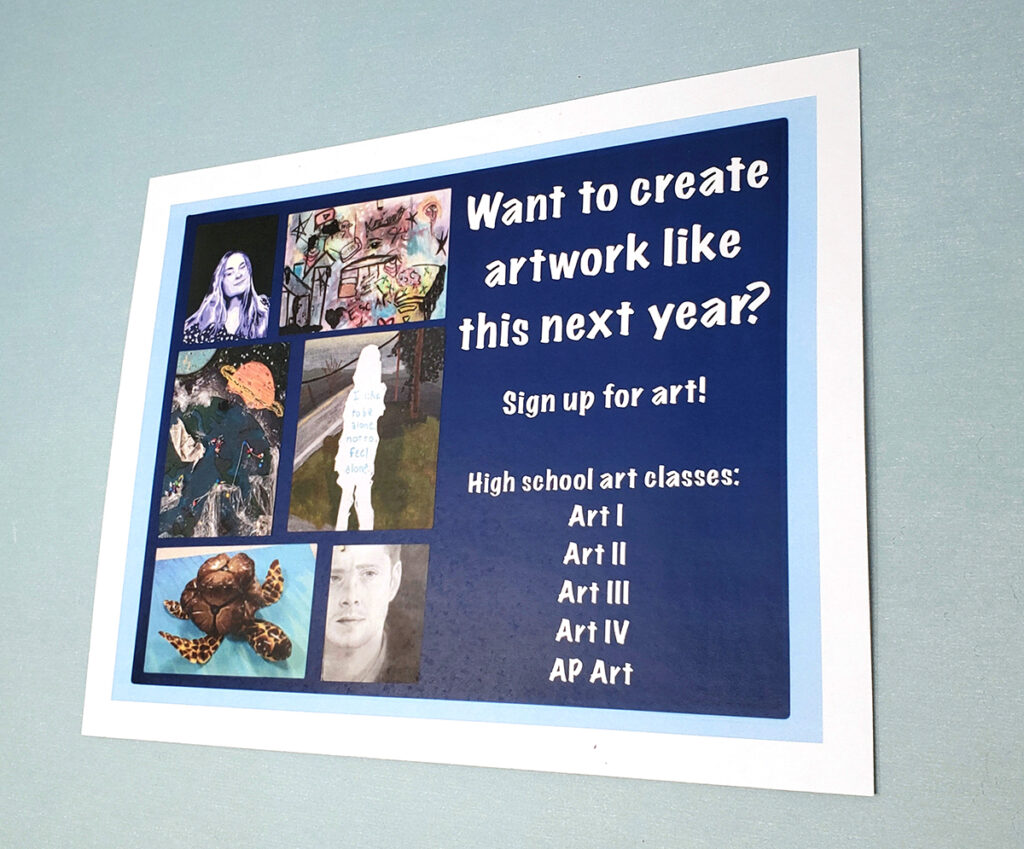
3. Donate to the community.
Not all students are emotionally attached to their art. Ask students to donate their unwanted art to local community centers or assisted living facilities. Present the art to a community facility and allow them to curate the pieces they want to display. Go a step further and plan a trip to the facility to show students how their community proudly displayed their art. Students can also transform their art into cards with handwritten notes to local nursing homes or hospitals. Whether students take your class again or not, it ends the year with them knowing they created something of value.
4. Create an exhibit.
Ask the class to create an art exhibit in the hallways. To start, students lay out all the artwork from the year and look for connections between the artworks. As they find connections and pick artwork, they learn how to act like curators. Read How to Help Students Curate Exhibitions to Promote Ownership and Lessen the Load for advice on student-led exhibitions. If time allows, ask students to invite guests to the exhibit. Extend the project so the students can act as museum workers, such as museum educators, preservationists, and art handlers.
5. Apply for a solo exhibition.
If your students made portfolios as part of an AP art course or submitted their artwork to competitions, they’ve already taken the brave step of asking their artwork to be judged. However, your students may wonder if their portfolios serve a purpose beyond college applications, AP course credit, or competitions. Why not enter their portfolio for a chance to have a solo exhibition? Even if their application isn’t accepted, you’ve still walked them through a daunting process and prepared them to try again.
6. Make money.
The idea of the “starving artist” is a pervasive misconception and one your students may also hold. If your district and school policy allow, give your students the opportunity to experience earning money with their art. Students set up booths and put on an art fair or host an art auction. Ask students to create a marketing campaign to get people to show up. They can invite administrators, teachers, families, and community members to show off all their hard work from the year and make some money while they’re at it! Who knows, someone may fall in love with their portfolio and buy the whole collection!
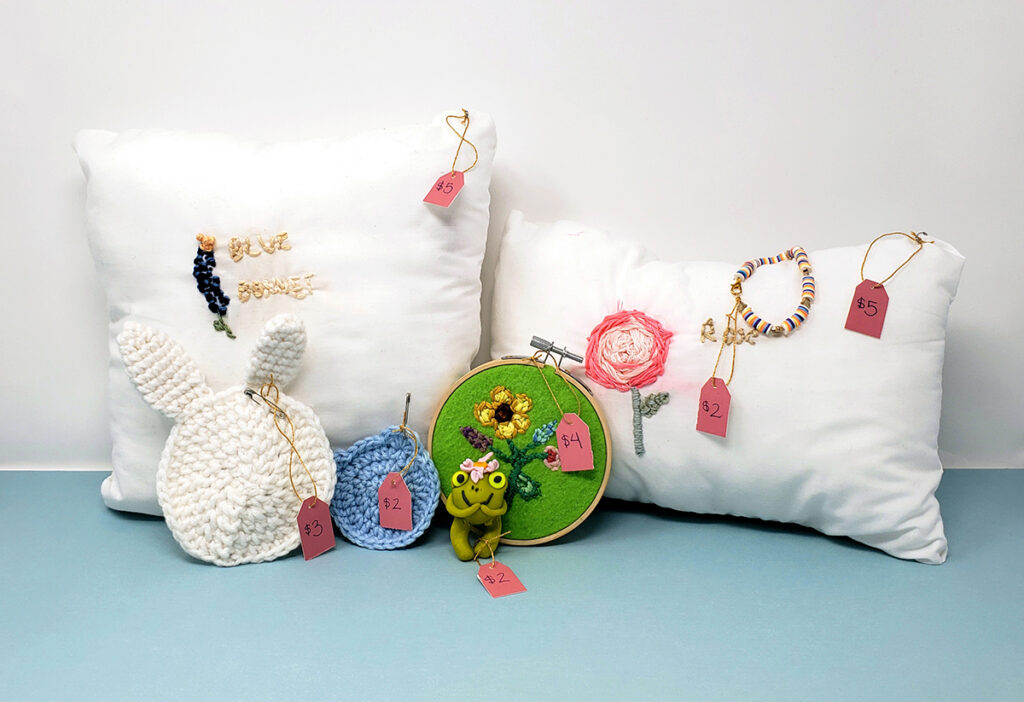
7. Write a portfolio artist statement.
Ask students to reflect on their growth, process, and learning throughout the year by composing an artist statement for their entire body of work. Provide prompts to help students think deeply about their artwork. Then, give students leeway to present their artist statements creatively. They can make a video, slideshow, or skit to demonstrate their journey.
Students often need guidance to recognize the value of their portfolios beyond their traditional uses. Let them finish the year strong by applying their portfolio in a unique way, like incorporating their art in jewelry or a digital collage. Have students show off their work by curating an exhibit, applying for a solo exhibition, selling their artwork, or donating it to the community. Or transform artworks into something new or use their hard work to market for next year’s art program. However you choose to use portfolios, show your students how much they have grown this school year!
How do you assess student growth at the end of the year?
What do you think is the most important use for student portfolios?
Magazine articles and podcasts are opinions of professional education contributors and do not necessarily represent the position of the Art of Education University (AOEU) or its academic offerings. Contributors use terms in the way they are most often talked about in the scope of their educational experiences.


